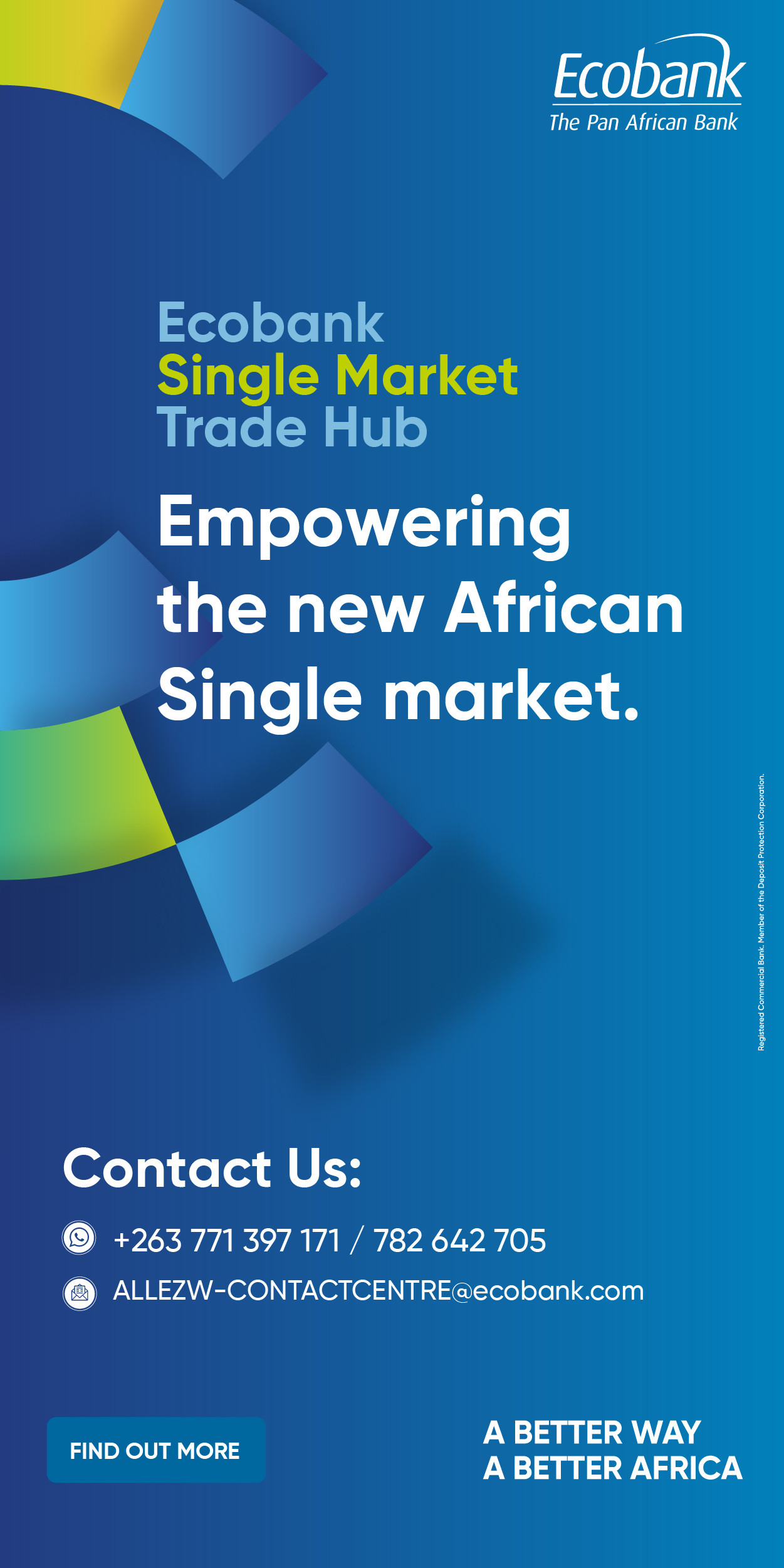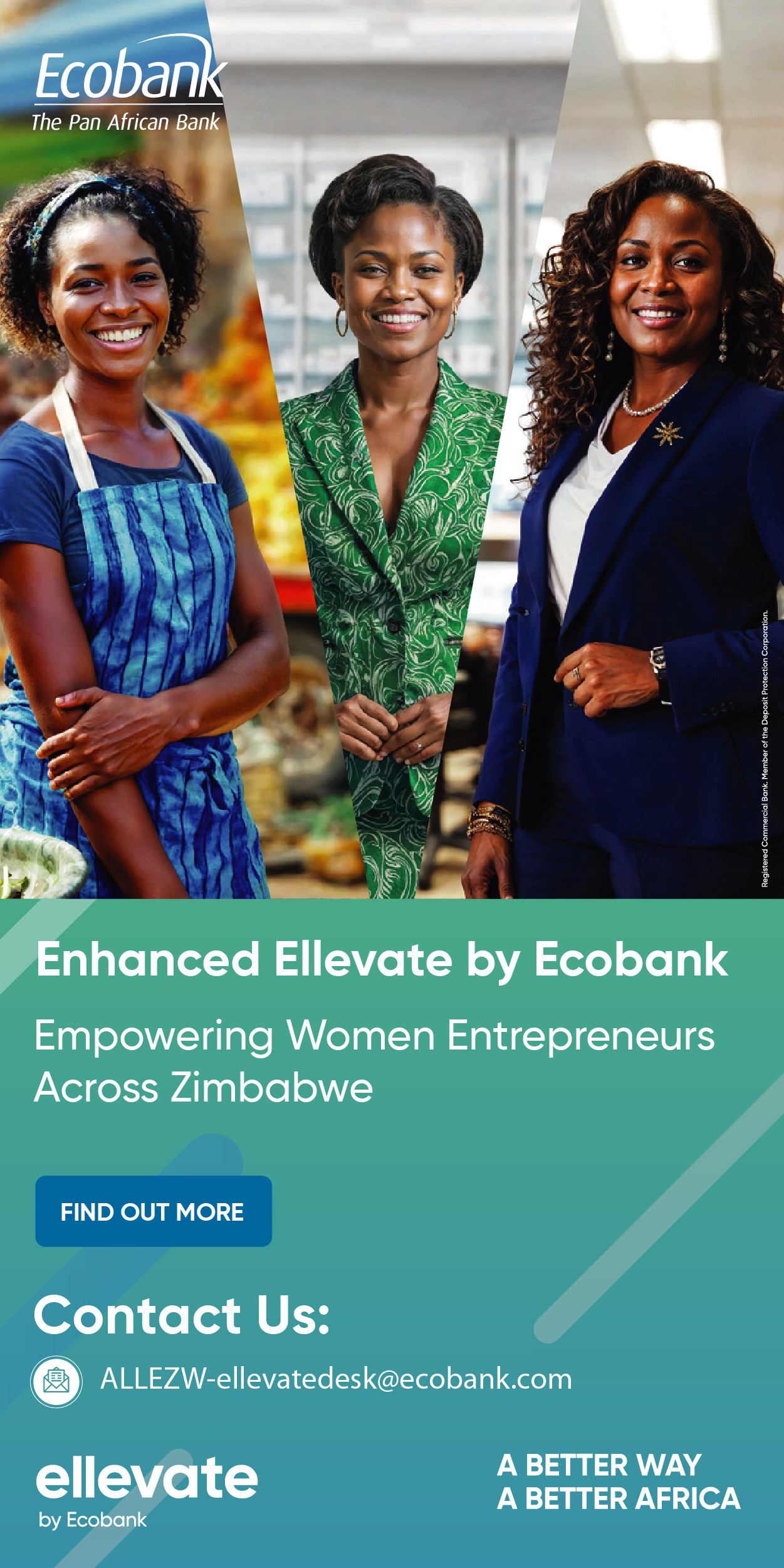- Revenue Hypergrowth and Diversification Success: Drove revenues from $42.5M in FY2018 to $223M in FY2024 (CAGR >400%)
- HY2025 gold output at 1,292 kg (up >4.7x from HY2020) and revenues at $131M (up >6x), fuelled by $64M+ capex in infrastructure
- Investments in $30M FY2025 capex (including $15M for exploration/renewables) boosted EBITDA to $71.81M (+169% YoY) and PAT to $40.20M in FY2024
Harare- Padenga Holdings Limited has strategically pivoted to consolidate its market leadership as Zimbabwe's second-largest gold producer for nearly three consecutive years in the half-year period ended June 30, 2025, leveraging a robust portfolio optimisation from legacy agribusiness to high-margin extractive operations.
Originally anchored in premium crocodilian skin and meat exports contributing over 80% to topline revenues in 2019, the conglomerate executed a transformative diversification via a 51% acquisition in Dallaglio Investments (Private) Limited in 2019, escalating to 100% ownership in 2023 through a VFEX-listed share swap valued at 253 million shares.
This shift from "crocs" (crocodile farming) to "rocs" (gold mining) has catalysed a revenue hypergrowth trajectory, surging from $42.5 million in FY2018 pre-diversification to $223 million in FY2024, a compounded annual growth rate exceeding 400% fuelled by Dallaglio's asset recapitalisation and favourable commodity tailwinds.
Since 2019, Padenga has channelled over $64 million into Dallaglio's infrastructure, including $44 million since 2022 for Pickstone Peerless underground development (with $13 million earmarked for FY2025 diamond drilling to delineate high-grade ore reserves), Eureka Mine refurbishment and restart in 2021, a 7MW solar hybrid plant for energy resilience, and a Q3 2025 gravity circuit upgrade targeting 5-7% recovery uplift. These initiatives, aligned with a $30 million FY2025 capex envelope ($15 million for Eureka exploration and renewables), have de-risked supply chain vulnerabilities while enhancing all-in sustaining costs (AISC) efficiency, positioning Dallaglio as one of Zimbabwe's top-three producers with advanced open-pit and underground capabilities at Pickstone (refurbished 2015, underground commissioned 2023) and Eureka (near Guruve, now a flagship high-tech asset post-dormancy).
In tandem, Padenga restructured in January 2024, spinning off crocodile operations into subsidiary Padenga Agribusiness to streamline focus, as mining now drives ~95% of revenues amid underperformance in luxury-linked agribusiness.
This capex-fuelled synergy propelled gold output from 722 kg in 2020 to 2,740 kg in 2024 (>4x growth), with HY2025 yields hitting 1,292 kg (up from 271 kg in HY2020, >4.7x), enabling a 7% sequential uptick to 1.3 tonnes and revenue escalation from $21 million (HY2021) to $131 million (HY2025), a >6x multiplier amid geopolitical-driven gold average price spikes to $3,106/oz from $2,198/oz.
Mining segment revenues alone ballooned to $123 million from $88 million, comprising >80% of group topline, bolstered by EBITDA expansion to $71.81 million (+169% YoY) and PAT to $40.20 million in FY2024.
Benchmarking against VFEX-listed peers, Padenga trails Freda Rebecca (Kuvimba Mining House-operated, Zimbabwe's apex producer at 2,548 kg in FY2025 ended March, +14.3% YoY via optimised head grades of 1.55 g/t and CIP processing upgrades to 92% recovery, contributing 68-70% to Kuvimba's cluster) but edges Caledonia Mining's Blanket/Bilboes output of 1,236 oz equivalent in comparable periods.
Caledonia's HY2025 production hit record 39,741 oz (+5.1% YoY), with Q2 at 21,070 oz, supported by $17.7 million HY2025 capex in infrastructure modernisation, 6,976m underground drilling yielding new high-grade orebodies, and a $22.35 million solar plant divestiture enhancing net cash to $26.2 million for Bilboes ($309 million recap) and Motapa ($2.8 million exploration) synergies.
Kuvimba's gold cluster (Freda, Shamva, Jena) produced 3,605 kg in FY2025 (+12.5% from 3,200 kg), backed by $38-40 million capex for Freda exploration, plant renewals, TSF extensions, and a 6MW solar rollout by mid-2025 to extend mine life beyond five years and mitigate power risks outpacing Padenga's ~2,638 kg FY2025 goal while paralleling its renewable push.
Caledonia projects 75,500-79,500 oz for full FY2025 (up from prior 74,000-78,000 oz guidance), with $41.8 million capex emphasising resource expansion below 1,110m levels. Padenga eyes FY2024 parity maintenance amid bullish gold outlooks, potentially scaling via deeper Pickstone virgin ground for FY2026 efficiencies, while Kuvimba aspires to >5,000 kg annually long-term via open-cast at Shamva and equity partnerships for Freda/Shamva expansions.
Zimbabwean operators like Padenga can emulate global majors (Newmont, Barrick) by accelerating ESG-integrated tech stacks: Newmont Corporation in the USA has deployed AI for predictive maintenance and environmental monitoring at its North American and African operations, achieving operational gains while merging efficiency with sustainability capabilities that Zimbabwean firms have not yet fully tapped, such as autonomous haul truck fleets at Boddington Mine yielding productivity boosts of up to 20% and 90% reductions in haul accidents.
Similarly, Barrick Gold has trialled battery-electric and autonomous systems at US and Canadian sites like Carlin, retrofitting haulage for faster resource identification and safety enhancements via smart seismic sensors and edge computing, which could unlock a potential growth of about 5-9% per annum in output for local players through minimised downtime and precise orebody delineation.
Prioritising 10-12% capex on renewables (mirroring Caledonia/Kuvimba solar hybrids) and CMSI-aligned responsible sourcing standards enhances investor appeal, de-risks geopolitical volatility, and unlocks value-added processing fostering multi-asset diversification akin to Caledonia's Bilboes/Motapa pipeline while embedding UN Guiding Principles for community grievance mechanisms and biodiversity restoration to secure social license amid tightening global ESG mandates.
The Government can emulate policies like South Africa's Minerals and Mining Policy Green Paper, which endorses market principles with supportive fiscal incentives for R&D, geological data management, and regional cooperation to boost exploration and attract FDI addressing underexplored potential as seen in SA's strategies to counter poor policy implementation and community unrest. Similarly, Russia's model of granting mining leases to firms like Nordgold in resource-rich regions (e.g., Burkina Faso partnerships yielding 20+ tonnes over project lifespans) or the USA's Africa Gold Advisory emphasizing due diligence against illicit flows and conflict financing could be adapted to curb Zimbabwe's $1.5B annual smuggling losses and enhance responsible sourcing.
Such reforms, as witnessed by companies in Ghana (Africa's top producer at 158 tonnes projected for 2025) after policy shifts toward better governance and value addition, have shortened mine lead times by 2-3 years and increased exploration activity via improved data transparency and ESG compliance, potentially unlocking similar forex stability and sector growth for Zim firms.
In FY2025, Zimbabwe is projecting gold output of 40 tonnes, with current standings at ~28.5 tonnes through August (up 23% YoY, driven by ASM dominance), and with another projected late rainfall onset minimising disruptions as in 2024 (enabling extended dry-season operations for small-scale miners contributing 65%+ of output), Zimbabwe can surpass 40 tonnes by year-end, potentially hitting between 40 to 45 tonnes amid sustained high prices.
Equity Axis News





